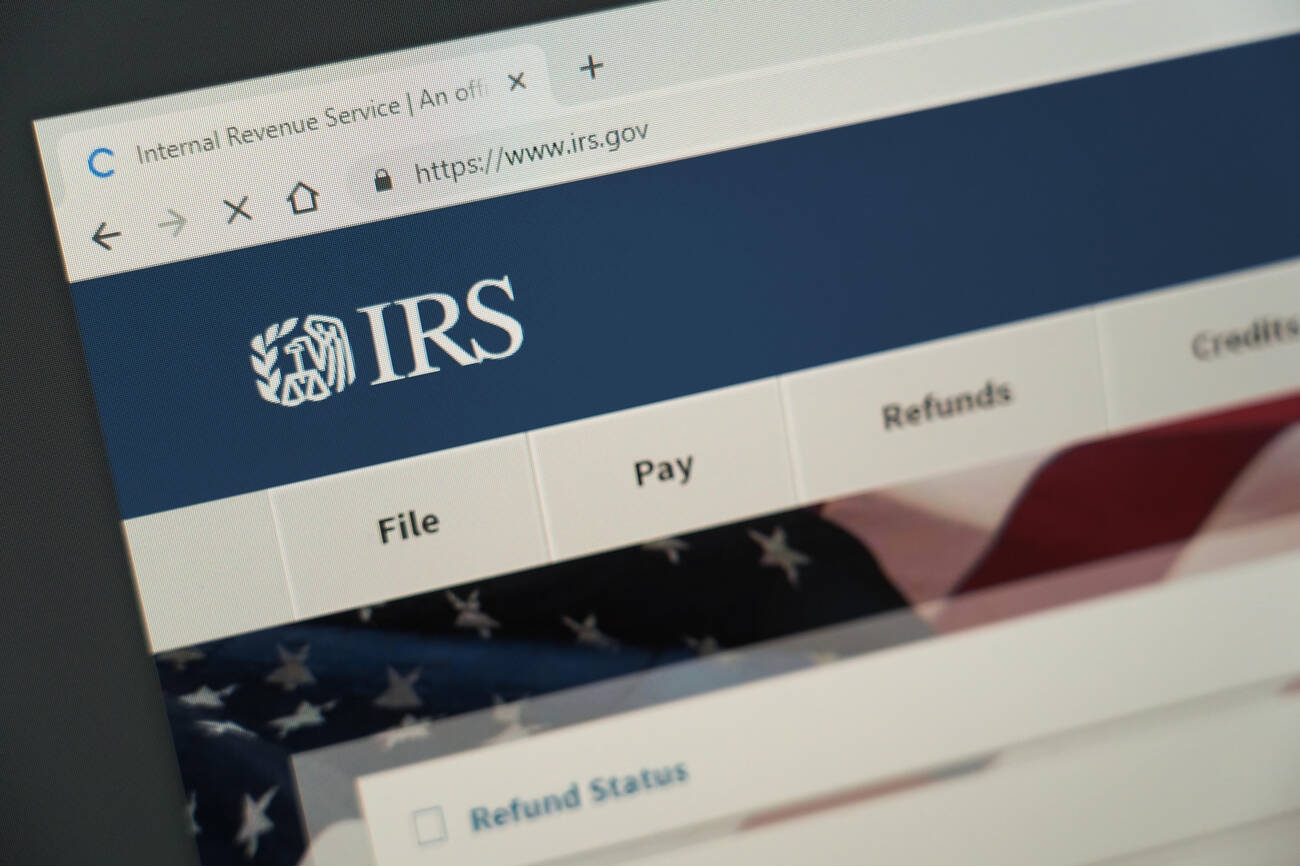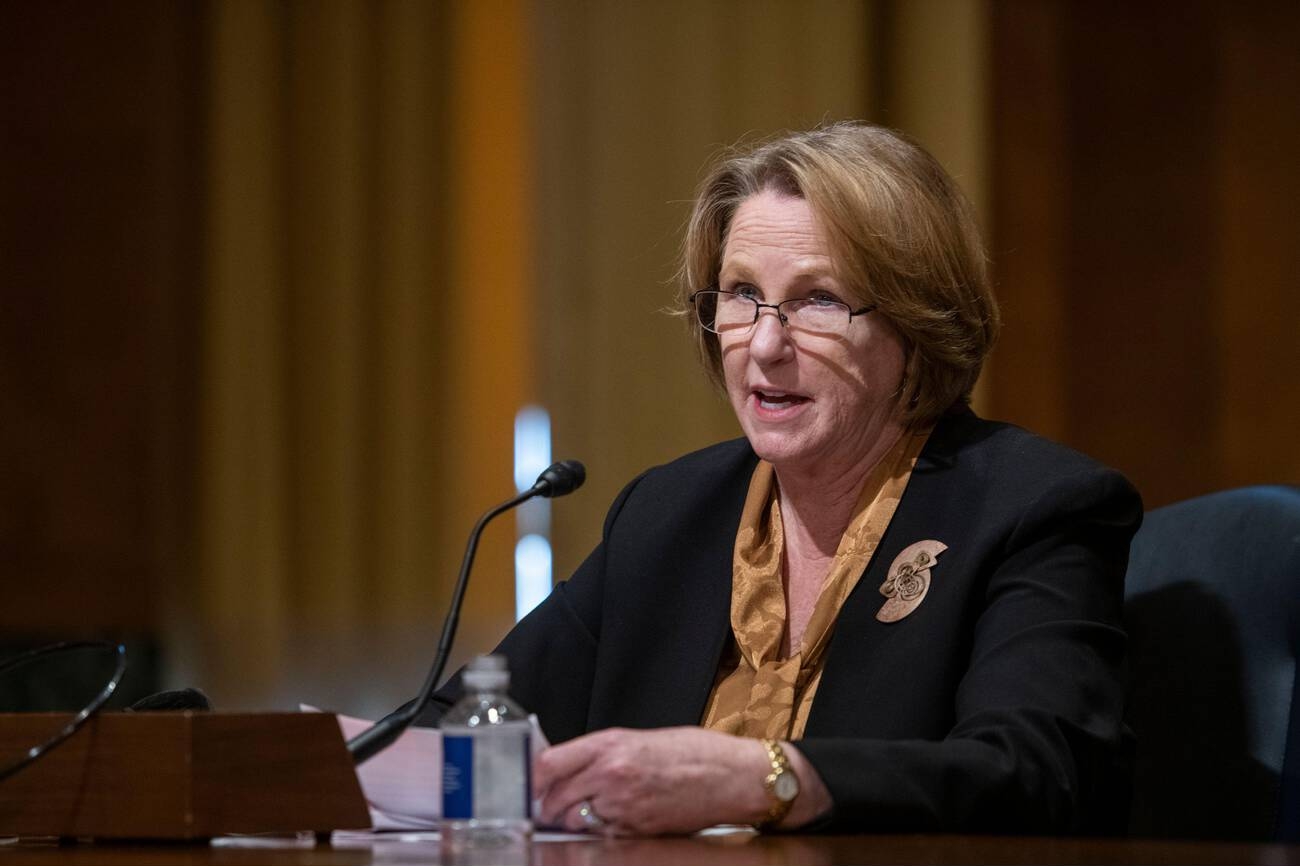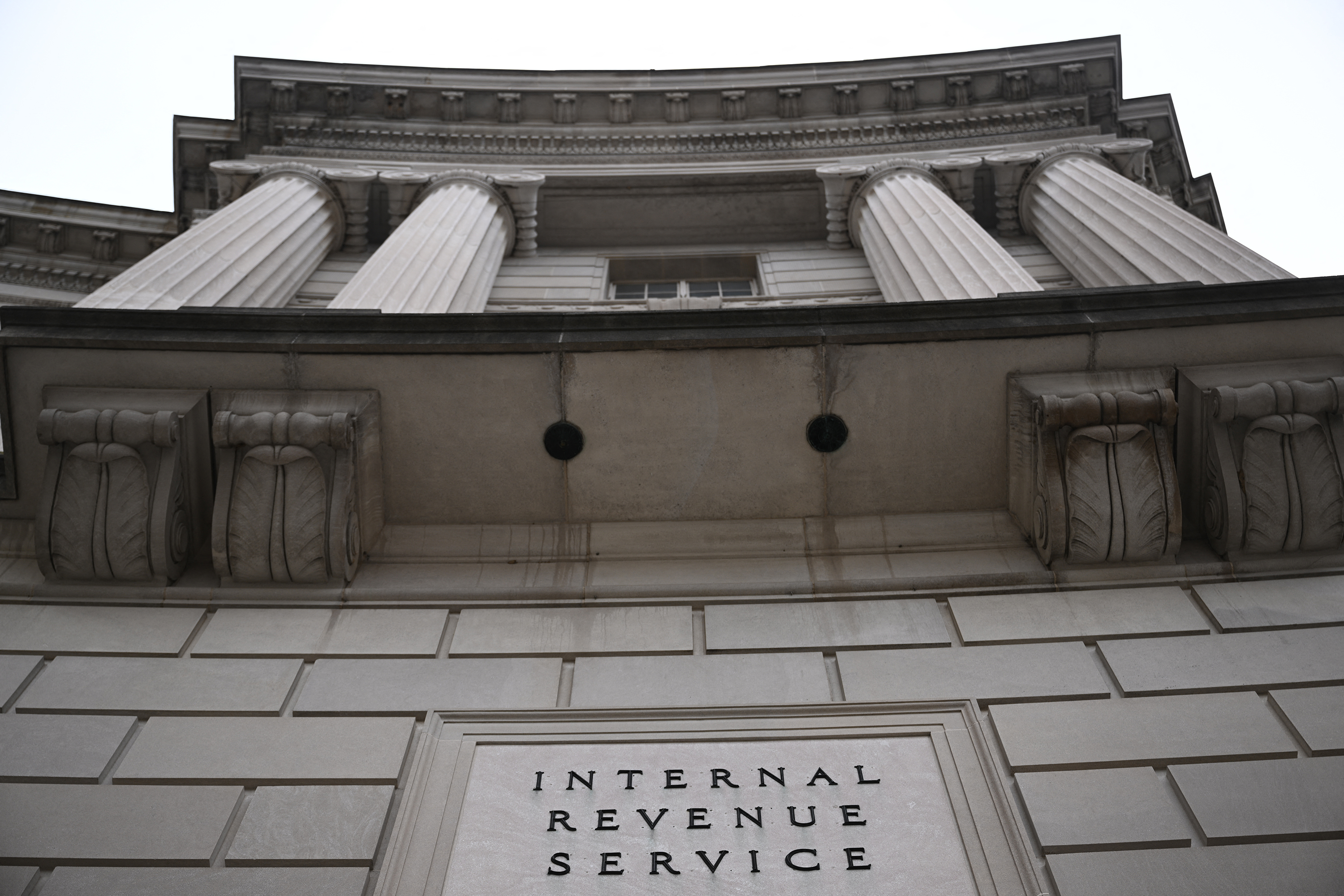The IRS and the Treasury Department on Wednesday issued proposed regulations and frequently asked questions regarding rules for applicable entities that earn certain clean energy credits and choose to make an elective payment election, as well as rules for eligible taxpayers that elect to transfer certain credits to unrelated parties.
The Inflation Reduction Act, which became law in August, invests $369 billion toward tackling climate change through clean energy initiatives. Nearly three-quarters of that climate change investment—an estimated $270 billion—is delivered through tax incentives.
The law created two new credit delivery methods—elective pay (also known as “direct pay”) and transferability—that enables different entities to take advantage of the clean energy tax credits.
The proposed guidance issued today “provides clarity for governments, tax-exempt organizations, and businesses to understand the law’s scope and eligibility requirements,” the Treasury Department said, and it “clarifies which entities would be eligible for each credit monetization method and lays out the process and timeline to claim and receive an elective payment or to transfer a credit,” among other things.
For tax years beginning after Dec. 31, 2022, applicable entities—such as tax-exempt organizations, state and local governments, Indian tribal governments, Alaska Native Corporations, the Tennessee Valley Authority, and rural electric cooperatives—can choose to make a direct pay election, which will treat certain credits as a payment against their federal income tax liabilities rather than as a nonrefundable credit, according to the IRS. This payment will first offset any tax liability of the entity and any excess will be refundable.
The Inflation Reduction Act allows tax-exempt and governmental entities to receive elective payments for 12 clean energy tax credits, including the major investment and production tax credits, as well as tax credits for electric vehicles and charging stations. Businesses can also choose elective pay for three of those credits: the credits for advanced manufacturing (45X), carbon oxide sequestration (45Q), and clean hydrogen (45V).
“Direct pay is a game-changer for our ability to spread the benefits of clean energy to every community in America,” John Podesta, senior advisor to the president for clean energy innovation and implementation, said in a press release. “This provision of the Inflation Reduction Act will make it easier for local governments, tribes, territories, nonprofits, schools, houses of worship, and more to invest in clean energy, allowing them to save money, improve public health, and better serve their communities.”
And for tax years beginning after Dec. 31, 2022, companies that aren’t considered an “applicable entity” can make an election to transfer all or a portion of an eligible credit to unrelated taxpayers for cash payments.
“The Inflation Reduction Act also allows businesses not using elective pay to transfer all or a portion of any of 11 clean energy credits to a third-party in exchange for tax-free immediate funds, so that businesses can take advantage of tax incentives if they do not have sufficient tax liability to fully utilize the credits themselves,” the Treasury Department said. “Entities without sufficient tax liability were previously unable to realize the full value of credits, which raised costs and created challenges for financing projects.”
The unrelated taxpayers are then allowed to claim the transferred credits on their tax return. The cash payments are not included in gross income of the eligible taxpayer and aren’t deductible by the unrelated taxpayers, the IRS said.
“It’s very encouraging to see guidance swiftly issued on two of the IRA’s most transformational and impactful programs—credit transferability and direct pay. We fully expect this guidance to unleash a massive infusion of new renewable energy investment. Making renewable tax credits broadly transferable helps address current constraints in the nation’s tax equity market, while the new direct pay regime makes it easier for tribes, state and local governments, co-ops and other nonprofit entities to participate in the clean energy transition,” Gregory Wetstone, president and CEO of the American Council on Renewable Energy, said in a statement. “Additionally, the guidance affirming direct pay eligibility for the 45X advanced manufacturing component credit will allow a substantial volume of new American clean energy manufacturing to move forward.”
Temporary regulations were also issued on Wednesday, providing rules that relate to a mandatory IRS pre-filing registration process, which will be through an electronic portal. The pre-filing registration process must be completed, and a registration number received, prior to making an elective payment election or an election to transfer eligible credits, according to the IRS.
The pre-filing process “will help prevent improper payments to fraudulent actors like criminal syndicates and will provide the IRS with basic information to ensure that any taxpayer that qualifies for these credit monetization mechanisms can readily access these benefits,” the Treasury Department said.
Treasury and the IRS will provide more information about the pre-registration process later this year.
Thanks for reading CPA Practice Advisor!
Subscribe Already registered? Log In
Need more information? Read the FAQs
Tags: Benefits, Income Tax, IRS, Small Business, Taxes




